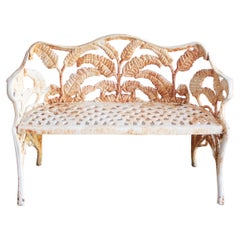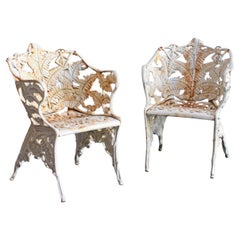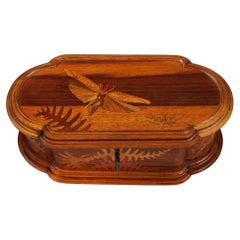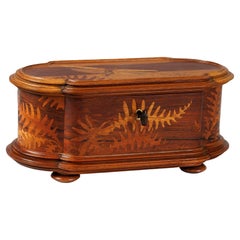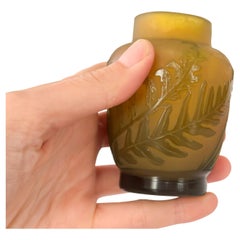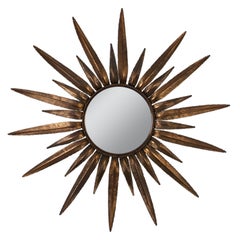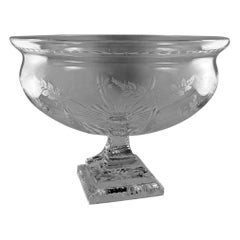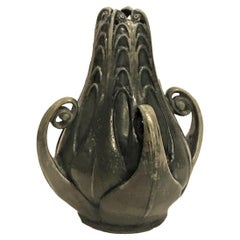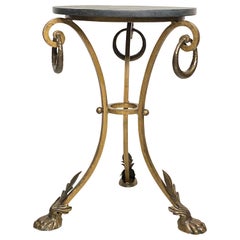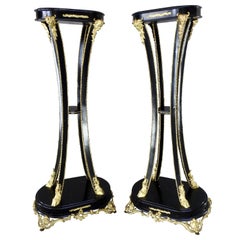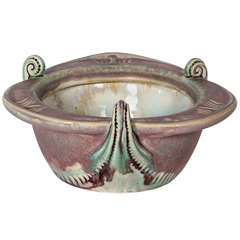Art Nouveau Ferns
Early 20th Century American Art Nouveau Patio and Garden Furniture
Iron
Early 20th Century American Art Nouveau Patio and Garden Furniture
Iron
Early 20th Century French Art Nouveau Decorative Boxes
Fruitwood
Early 20th Century French Art Nouveau Decorative Boxes
Fruitwood
Early 20th Century French Art Nouveau Vases
Art Glass
Vintage 1950s Spanish Art Nouveau Sunburst Mirrors
Metal
Late 20th Century Italian Art Nouveau Decorative Bowls
Crystal
Antique Early 1900s Austrian Art Nouveau Vases
Ceramic
Early 20th Century Art Nouveau Pedestals
Slate, Brass, Iron
Recent Sales
Antique Late 19th Century American Art Nouveau Pedestals and Columns
Bronze, Enamel
Early 20th Century French Art Nouveau Decorative Bowls
Stoneware
Vintage 1960s Swedish Art Nouveau Benches
Aluminum
Early 20th Century French Art Nouveau Vases
Glass
20th Century American Decorative Objects
Bronze
Vintage 1920s French Art Nouveau More Furniture and Collectibles
Copper, Enamel
Early 20th Century American Art Nouveau Planters, Cachepots and Jardinières
Bronze, Copper
Antique Late 19th Century French Art Nouveau Pedestals and Columns
Bamboo, Rush
Antique Early 1900s French Art Nouveau Vases
Art Glass
Antique Early 1900s French Art Nouveau Vases
Art Glass
Vintage 1920s Danish Art Nouveau Porcelain
Porcelain
Antique Early 1900s French Art Nouveau Glass
Art Glass
Early 20th Century French Art Nouveau Vases
Glass
Vintage 1920s French Art Nouveau Vases
Art Glass
Early 20th Century Art Nouveau Table Mirrors
Silver Plate
People Also Browsed
Early 20th Century European Art Nouveau Vases
Bronze
Antique Early 19th Century Swedish Gustavian Secretaires
Brass
Mid-20th Century English Dinner Plates
Porcelain
Antique Early 19th Century Danish Gustavian Commodes and Chests of Drawers
Brass
Antique Early 1900s French Art Nouveau Vases
Art Glass
2010s Indian Organic Modern Animal Sculptures
Nickel
Antique 1890s Austrian Art Nouveau Vases
Porcelain
Antique Late 19th Century Japanese Meiji Vases
Enamel
Vintage 1940s French Bottles
Blown Glass
Antique 19th Century French Art Nouveau Glass
Glass
Early 20th Century French Art Deco Vases
Art Glass
Early 20th Century French Art Nouveau Table Mirrors
Bronze, Gold Leaf
20th Century Art Nouveau Table Lamps
Art Glass
Vintage 1910s American Arts and Crafts Vases
Porcelain
Early 20th Century French Art Deco Vases
Glass
21st Century and Contemporary Italian Animal Sculptures
Crystal, Gold Plate, Brass
Read More
Art Nouveau Master Alphonse Mucha Created Much More Than Parisian Posters
Aside from his iconic commercial prints, the Czech artist endeavored to make works that spoke to the soul.
Everything You’d Want to Know about Enamel Jewelry
From vibrant to subtle, elegant to cheeky, enamel jewelry encompasses a wide range of colors and styles, and there are almost as many techniques for creating these distinctive pieces.
What Makes Art Nouveau Jewelry So Collectible?
The first art and design movement of the 20th century was all about celebrating beauty of women and nature.
